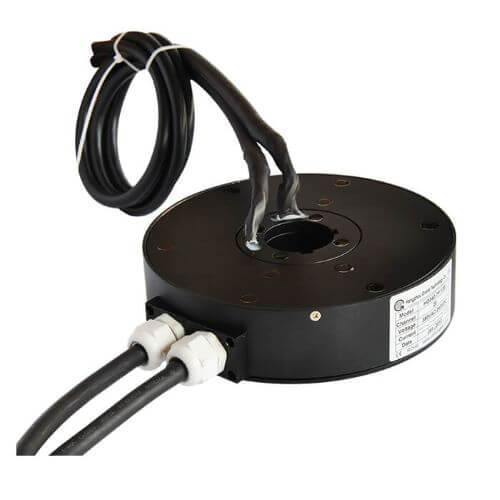In the dynamic landscape of global trade, accurate tariff classification is crucial for businesses involved in import and export. For companies dealing with electrical slip rings, understanding the tariff code is of utmost importance. Tariff codes provide a standardized system for classifying goods, determining applicable duties, and complying with trade regulations. In this article, we delve into the realm of electrical slip ring tariff codes, exploring their significance, classification process, and the impact they have on international trade. Prepare to uncover the mysteries of tariff codes as we navigate the world of electrical slip ring classification.
- The Significance of Electrical Slip Ring Tariff Codes
- Understanding Tariff Classification for Electrical Slip Rings
- Tariff Codes for Electrical Slip Rings
- Impact on International Trade
- Seeking Expert Assistance
The Significance of Electrical Slip Ring Tariff Codes
Electrical slip ring tariff codes hold immense significance for businesses engaged in global trade. They serve several essential functions:
a) Trade Compliance: Tariff codes ensure compliance with customs regulations and trade policies of importing and exporting countries. Accurate classification using the appropriate tariff code helps businesses avoid penalties, delays, and potential trade disputes.
b) Tariff Determination: Tariff codes are instrumental in determining applicable import and export duties, taxes, and fees. Proper classification ensures transparent and fair trade practices, allowing businesses to accurately calculate costs and make informed decisions.
Understanding Tariff Classification for Electrical Slip Rings
a) Identifying Key Characteristics: The classification process for electrical slip rings starts with identifying their key characteristics. Factors such as design, materials, functionalities, and intended use are considered during the classification process.
b) Tariff Code Databases: Customs authorities provide tariff code databases that contain comprehensive lists of codes and corresponding descriptions. Traders can consult these databases to determine the specific tariff code for electrical slip rings.
c) Harmonized System (HS) Codes: The Harmonized System is the most widely used international classification system. Electrical slip rings fall within the Electrical Machinery and Equipment category. Traders need to consult the relevant sections, chapters, and subheadings of the HS code to accurately classify electrical slip rings.
Tariff Codes for Electrical Slip Rings
Tariff codes for electrical slip rings may vary based on factors such as design, materials, and functionalities. The most common tariff codes for electrical slip rings fall within the following categories:
a) HS Code: 8536.50 – This code corresponds to “Electrical Apparatus for Switching or Protecting Electrical Circuits or for Making Connections to or in Electrical Circuits (e.g., Switches, Fuses, Lightning Arresters, Voltage Limiters, Surge Suppressors, Plugs, Junction Boxes), for a Voltage Not Exceeding 1,000 V.”
b) Commodity Code: 8547.20 – This code relates to “Insulated Electric Conductors; Coaxial Cable and Other Coaxial Conductors; Optical Fiber Cables, Made-Up of Individually Sheathed Fibers, Whether or Not Assembled with Electric Conductors or Fitted with Connectors.”
Impact on International Trade
Accurate tariff classification of electrical slip rings is crucial for the smooth flow of international trade. It has several implications:
a) Customs Clearance: Proper tariff classification ensures seamless customs clearance by providing customs authorities with accurate information about the goods being imported or exported.
b) Trade Documentation: Tariff codes play a vital role in trade documentation, including invoices, shipping documents, and customs declarations. Accurate classification ensures consistency in information and avoids potential disputes.
c) Trade Policy Compliance: Compliance with tariff codes helps businesses adhere to trade policies, including import restrictions, export control, and duty preference programs. It allows businesses to navigate international trade regulations effectively.
Seeking Expert Assistance
Given the complexity of tariff codes and the potential variations in classification, seeking expert assistance is recommended. Customs brokers, trade consultants, or industry professionals can provide valuable guidance in accurately determining the appropriate tariff code for electrical slip rings.
Electrical slip ring tariff codes are essential for businesses involved in international trade. Accurate classification using the appropriate code ensures trade compliance, facilitates tariff determination, and streamlines customs procedures. By understanding and properly applying electrical slip ring tariff codes, businesses can navigate the intricacies of global trade, minimize risks, and optimize their operations.
See What We Can Do

